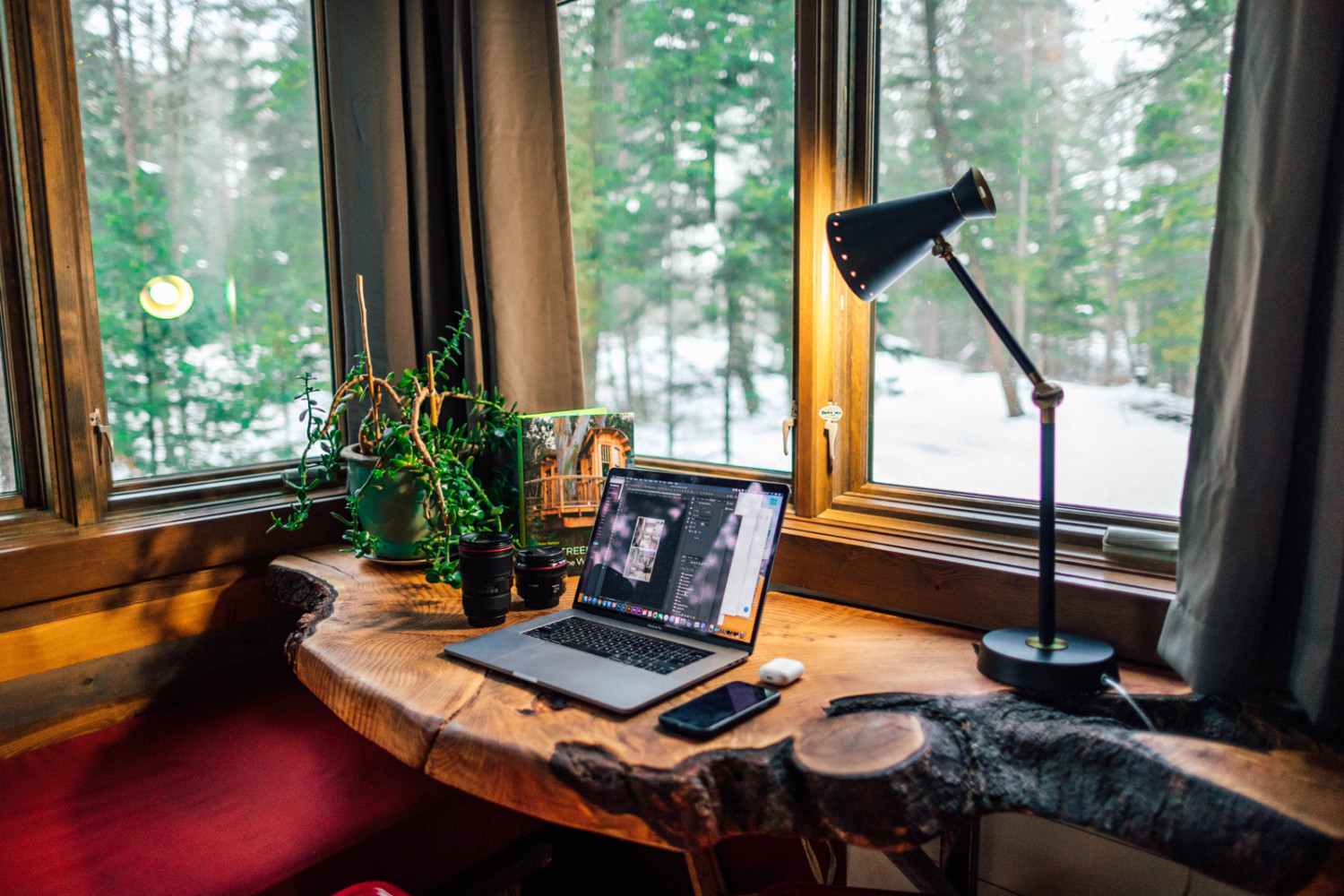It’s spring, so get into the spring cleaning spirit and declutter your home. If you’re spending more time at home than usual, you might be noticing that the house needs a good decluttering. Whether you want to declutter because it’s been on your list of to-do’s for far too long, or you’re clutter is affecting your productivity, don’t get overwhelmed. It’s natural to fall into clutter when life gets crazy. What’s important is learning how to declutter in a way that won’t overwhelm you and approaching your lifestyle minimally moving forward.
Set intention
Whether your goal is to make your room more inviting or more productive, or calm and relaxing, setting an intention for your space before starting your decluttering project is paramount. This sets a tone for how you approach the actual decluttering and will help you decide what to keep, what to donate, and what to repurpose.
Work in sections
Don’t try to tackle cleaning the entire home at once. You’ll just be setting yourself up for unnecessary stress and potential failure, and we don’t want that. Instead, work in sections. For a smaller apartment, that could mean decluttering your workspace first and then moving on to your TV console, then your kitchen, and so on and so forth. For a larger home, this could mean following the same approach as with a smaller space, or to working from room to room. Don’t be afraid to break up your decluttering into smaller sections despite how large your home is. The key is to take on what you can handle so you don’t become overwhelmed. Even if it takes you several weeks to a month to get your home to where you want it to be.
Take everything out
Laying everything out will help you really see how much stuff you actually have. It’s amazing how much clutter builds up in drawers and other storage areas. Start by laying out everything you had in those drawers and storage bins on the floor. As you clear everything out, you’re able to find things you may have forgotten about or duplicate items. This will also allow you to plan where you want to organize everything.
Keep, donate, or repurpose
Now, we take a play out of Marie Kondo’s book. The KonMarie method outlined in The Life-Changing Magic of Tidying Up, advises you to ask yourself, “does it spark joy?” in order to decide whether or not to keep an item. Although you may not feel too strongly about your stapler remover, a similar approach can be used anyway–maybe instead, you ask yourself “do I need this?”. If the answer is yes, move on to the next step. If no, you can decide to donate it, recycle it (if possible), or to repurpose it (if possible).
Organize & plan
While all those items are laid out in front of you, you can start to organize things. Let’s say you’re emptying out things from your desk, for example. Start to put all the electronics together including charging cables and wall plugs, put all the small office supplies like paperclips, pens, and staples into a pile, and gather all your shipping materials like packing tape and box cutters in one place. Once everything is organized in front of you, you can visually see how much space you need to store the items in each category.
Invest in organizational storage
If you’re tossing everything into one big pile, you might want to rethink things. Storage bins, boxes, and trays can help you maximize your storage as well as keeping things neat so that they’re easier to find. Being able to find things means you won’t have to keep repurchasing items you already have because you “lost” them. Sound familiar? It’s not absolutely necessary to go out and purchase storage accessories either if you’re on a budget. You can repurpose boxes from products you’ve purchased in the past, like your old iPhone’s box to store your charging cables, or even use the top and bottom separately as trays to keep your paperclips and thumbtacks in their own spaces. That mug you don’t love can be repurposed as a pen and pencil holder too. The possibilities are endless.
Put away
As soon as you’ve made spaces for your items and planned where you want to put everything, you’re ready to go. If it’s been a while since your last good cleaning, you might notice there’s a lot less clutter as you’re putting things away. What an amazing feeling right?
Prevent future clutter
As you’re putting things away, be mindful of where everything is, and set the intention to put things back where they belong to ensure a clutter-free future. It may help to label things and communicate with others living in your home where things are. Getting everyone on board with the organizational structure of your home will take a bit of time, but will pay off in the long run.
In addition, now that you’ve probably had to donate quite a bit from your decluttering project, you might begin to see how wasteful it can be to buy things. Taking on a minimalist approach, and applying the KonMarie method, be mindful when you’re making purchases–Will this improve your quality of life? Will you keep it for years to come? Does it spark joy? What use does this provide for you? Will you use it often? Asking yourself these questions will help you decide what you want to bring into your home. What we don’t want is more waste, and you can prevent that purchasing quality items that will last. With less waste, you’ll also be lessening the load on Mother Earth. Let’s do more by buying less.
